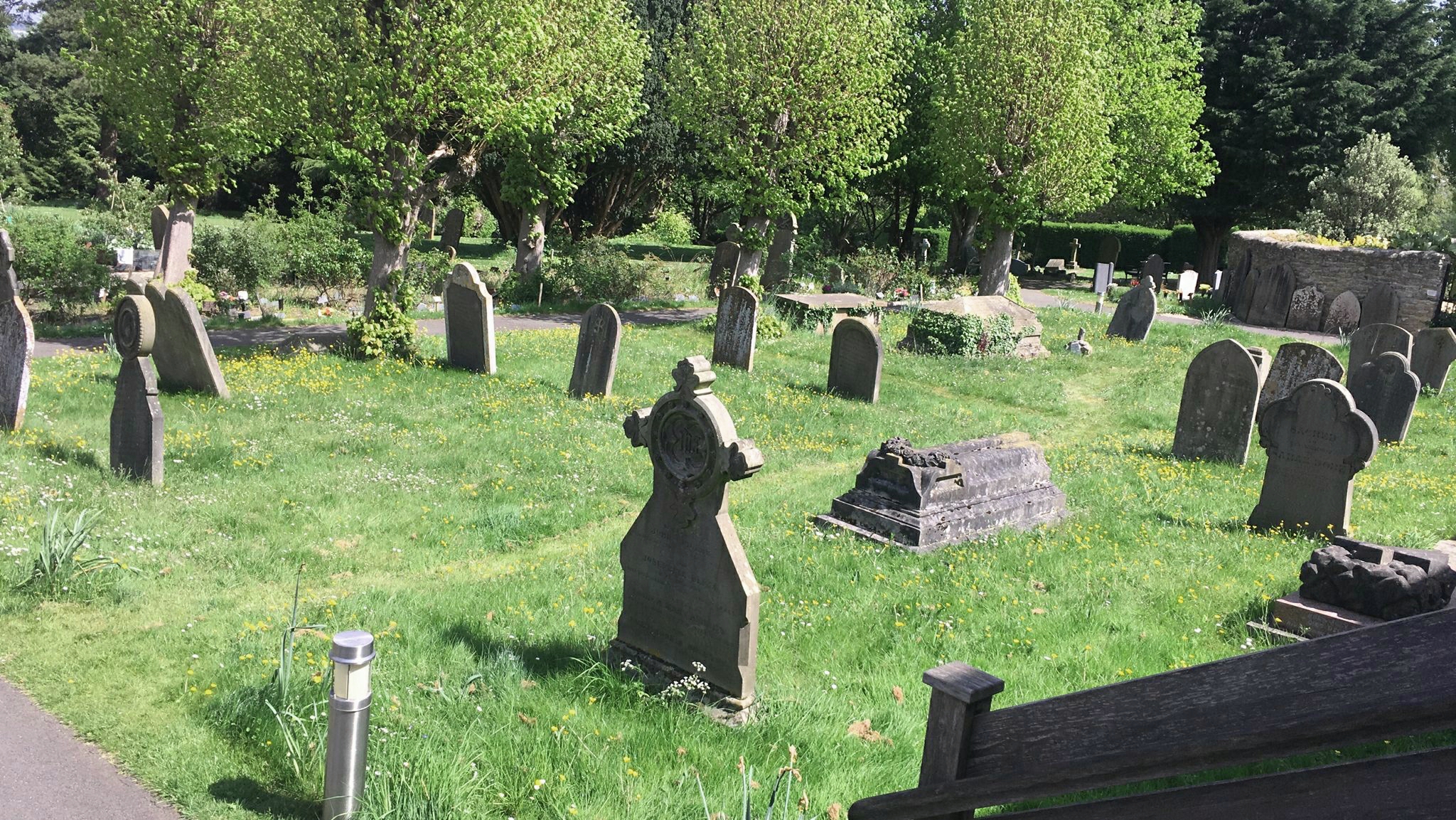 As part of our response to the need to take more care of God’s planet, we have begun work on a Land Management Plan. Taking advice from a range of local experts and enthusiasts, we have surveyed our Church and Burial grounds, looking for ways to encourage wildlife and plant diversity.
As part of our response to the need to take more care of God’s planet, we have begun work on a Land Management Plan. Taking advice from a range of local experts and enthusiasts, we have surveyed our Church and Burial grounds, looking for ways to encourage wildlife and plant diversity.
In the process, we have discovered some valuable ancient grassland which we can manage carefully to encourage more native species that will be beneficial to pollinators and other wildlife. This will involve stopping our intensive mowing programme in certain areas, to allow certain species, such as the Cuckoo flower below to establish. It and other native species provide valuable larval food. The careful management of these areas of grass can prevent it from being invaded by more vigorous plants that can overwhelm and replace what is a vital habitat for birds, invertebrates and animals.
In most situations, July is the best time for cutting, with a further cut in September/October often being beneficial. However, cutting times can be varied to suit local conditions. After cutting, it is very important to rake off and remove the clippings. If left on, they can smother delicate plants and increase fertility which encourages rank growth at the expense of wildflowers. If clippings are left to dry for a few days after cutting, flowers can shed any ripe seed and insects are able to make their escape.

Cuckoo Flower or Ladies Smock - Janet French

P1000917
Buttercups - Janet French

Bluebell Janet French

Vetch
Vetch - Janet French

Leave A Comment